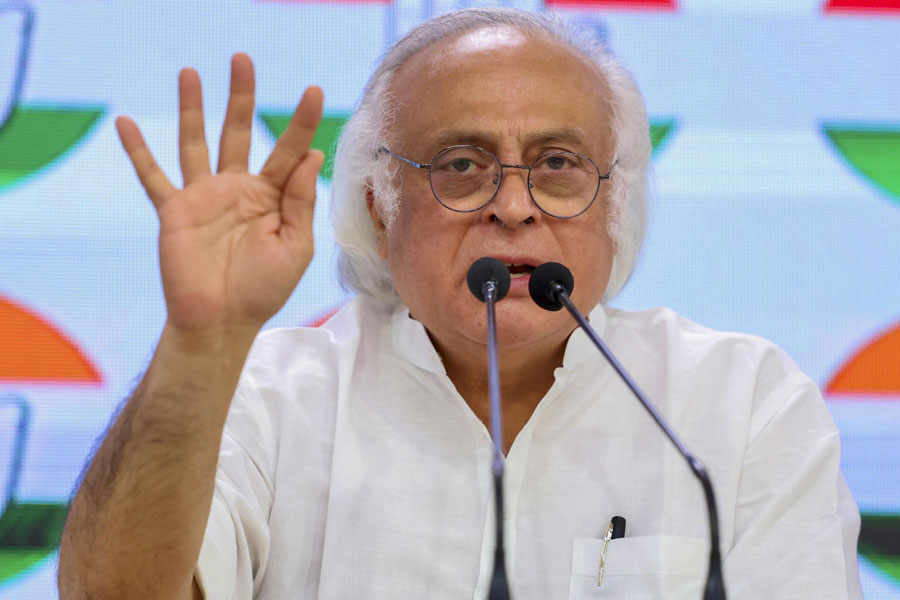The sex ratio — said to be an important indicator of over-all development — is wearing a healthier look in Calcutta, and the kid count is on the rise, too.
Two cheers? Not quite. There’s a flip side to the figures — the percentage of single males is shrinking alarmingly, forcing the census directorate to comment that the city is no longer a place for men on the move.
“The economic attractiveness of Calcutta or its (image of) being, primarily, a source of business and livelihood has declined over the years, as a result of which less and less single males are thronging the city for a livelihood,” the census directorate says.
A decade ago, the city had 799 women for every 1,000 men. The detailed results of the latest census — just declared — peg the gender divide at 828 women for every 1,000 men.
Only 30 of the 141 Calcutta Municipal Corporation wards have recorded a widening of the gender divide. Predictably, most of these wards fall within the central business district. Areas like Park Street, Shakespeare Sarani, Burrabazar, Jorasanko, Jorabagan, Burtolla, Maniktala, Taltala, Karaya and Beniapukur, besides a few pockets in north Calcutta (like Shyampukur) and south Calcutta (Lake, Gariahat, Jodhpur Park and Kasba) continue to invite an immigrant single-male population, but the numbers are dwindling
It’s not just the women. The kid count is also picking up. The city’s population increased by about 1.8 lakh in the past decade, during which the number of children in the zero-to-six age-group rose by 3.64 lakh. The total population has been put down as 4,580,544, with the working population comprising 37.66 per cent.
“The only plausible interpretation is that the growth of population in Calcutta is more due to natural birth than immigration,” the census report states.
“And even if there has been immigration, it has been set off by emigration,” it adds, admitting that the outward flow of Calcuttans is now overtaking the inward flow of outsiders.
The city — apparently forsaken by job-seekers who have always come to Calcutta to send a money-order back home, in West Bengal or well beyond — is getting more and more crowded, but at a progressively slower rate.
For the first time, the net growth in population in a decade has fallen below the five per cent mark. Since 1931, the city has consistently recorded a double-digit rise in population (except in the 1991 census).
The census authorities, however, have said the development of rail and road networks around the city may have contributed to a tendency to steer clear of Calcutta. It is now possible to travel 100 km in three hours, the report says, explaining why some former Calcuttans might have preferred moving out of the city proper and into its suburbs.










